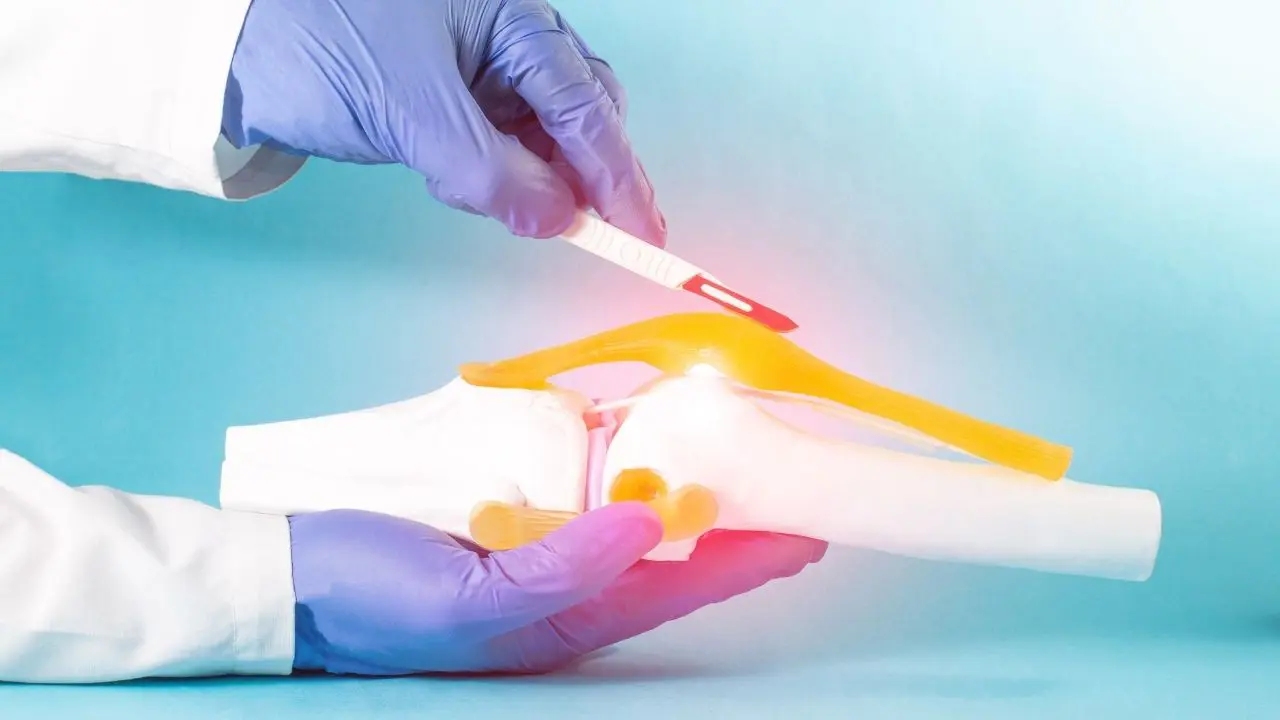
Knee replacement surgery, also known as knee arthroplasty, is a surgical procedure performed to replace a damaged or worn-out knee joint with an artificial implant, called a prosthesis. This procedure is commonly recommended for individuals suffering from severe knee pain, stiffness, and functional limitations due to conditions such as osteoarthritis, rheumatoid arthritis, post-traumatic arthritis, or knee fractures that cannot be adequately managed with conservative treatments.

Here's an overview of knee replacement surgery
Preoperative Evaluation: Before the surgery, the patient undergoes a comprehensive medical evaluation, including physical examinations, imaging tests (such as X-rays or MRI), and blood tests to assess overall health and determine the extent of knee joint damage.
Surgical Procedure: Knee replacement surgery is typically performed under general anesthesia or spinal anesthesia. During the procedure, the surgeon makes an incision over the knee joint, removes the damaged bone and cartilage, and resurfaces the ends of the femur (thighbone) and tibia (shinbone) with metal components. A plastic spacer is inserted between the metal components to create a smooth gliding surface. In some cases, the patella (kneecap) may also be resurfaced with a plastic component.
Recovery and Rehabilitation: After surgery, the patient is monitored in the recovery room before being transferred to a hospital room or rehabilitation facility. Physical therapy begins soon after surgery to help restore strength, flexibility, and mobility in the knee joint. Patients are encouraged to start walking with the help of crutches or a walker within a day or two after surgery. The duration of hospital stay and rehabilitation varies depending on individual factors and the type of surgery performed.
Postoperative Care: Following knee replacement surgery, patients are advised to follow specific postoperative instructions provided by their healthcare team. This may include pain management techniques, medication regimen, wound care, and precautions to prevent complications such as infection or blood clots. Patients are also instructed to avoid certain activities, such as high-impact sports or heavy lifting, for a period of time to allow the knee joint to heal properly.
Long-term Follow-up: Regular follow-up appointments with the orthopedic surgeon are scheduled to monitor the healing process, assess the function of the knee joint, and address any concerns or complications that may arise. With proper care and rehabilitation, most patients experience significant pain relief and improvement in mobility and quality of life following knee replacement surgery.
Knee replacement surgery is considered a highly successful procedure with a high rate of patient satisfaction. However, as with any surgical procedure, there are potential risks and complications, including infection, blood clots, implant loosening, dislocation, nerve damage, or stiffness. It's essential for patients to discuss the benefits, risks, and expectations of knee replacement surgery with their healthcare provider to make informed decisions about their treatment options.
What are the joint diaseses?
The diseases classified under the title of joint diseases caused by worn out or disappear off the joint with the ageing or due to an underlying disease without any trauma. Therefore, rheumatic diseases and arthritis are the most common types of joint diseases.
What kind of treatment methods are used for treating joint diases?
It is not possible to treat all stages of arthritis with a single treatment method. That's why generalizing slogans should be avoided.In other words, slogans such as "knee needle,no calcification" or "non-surgical treatment with a miracle method" attract attention, but wrong treatment only causes a waste of time and money. In this stage, the level of the disease is important.Because the disappearance of cartilage and the emergence of disease symptoms are not something that happens suddenly. This is a process that takes years, and where you are in the process determines the treatment.
